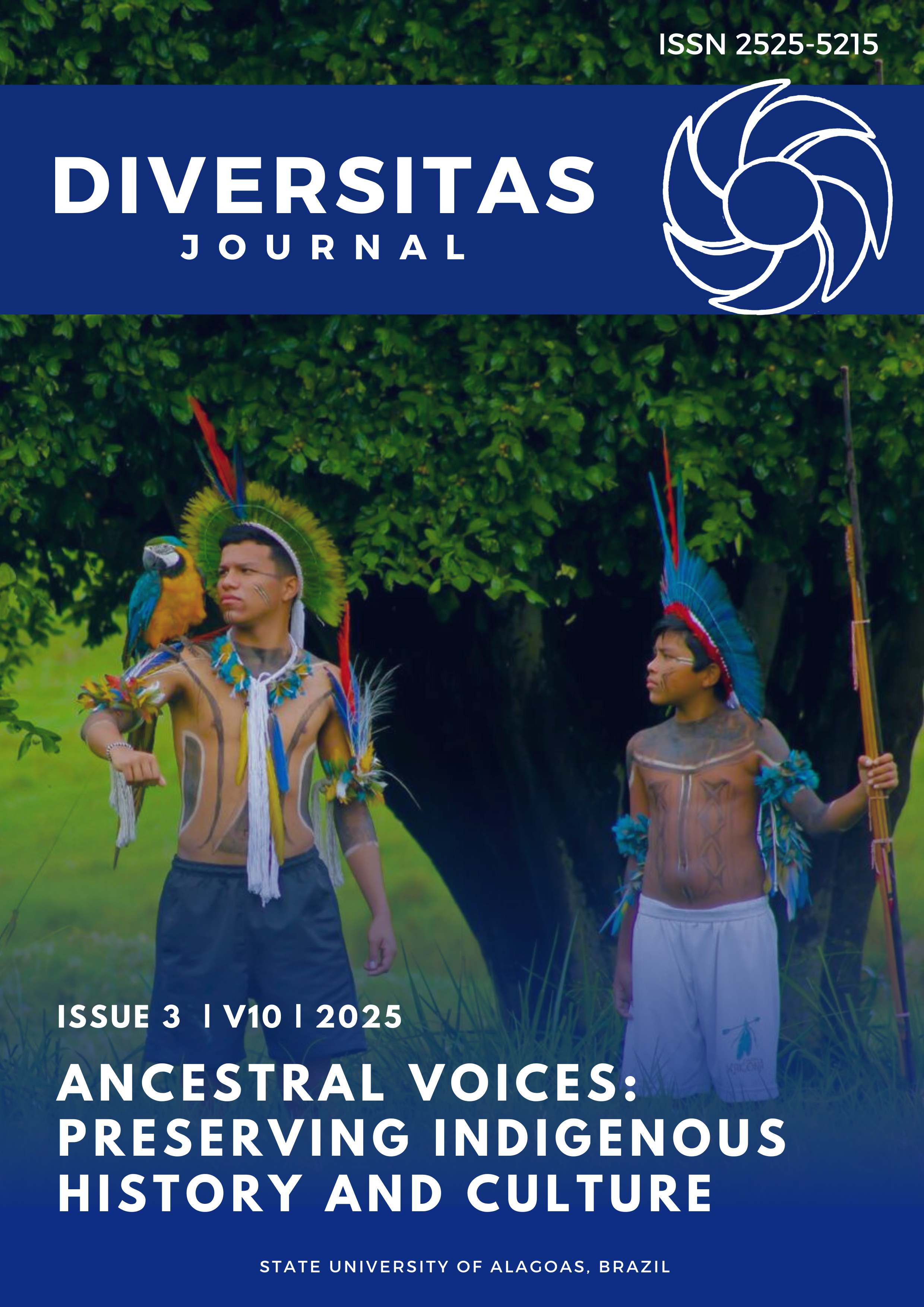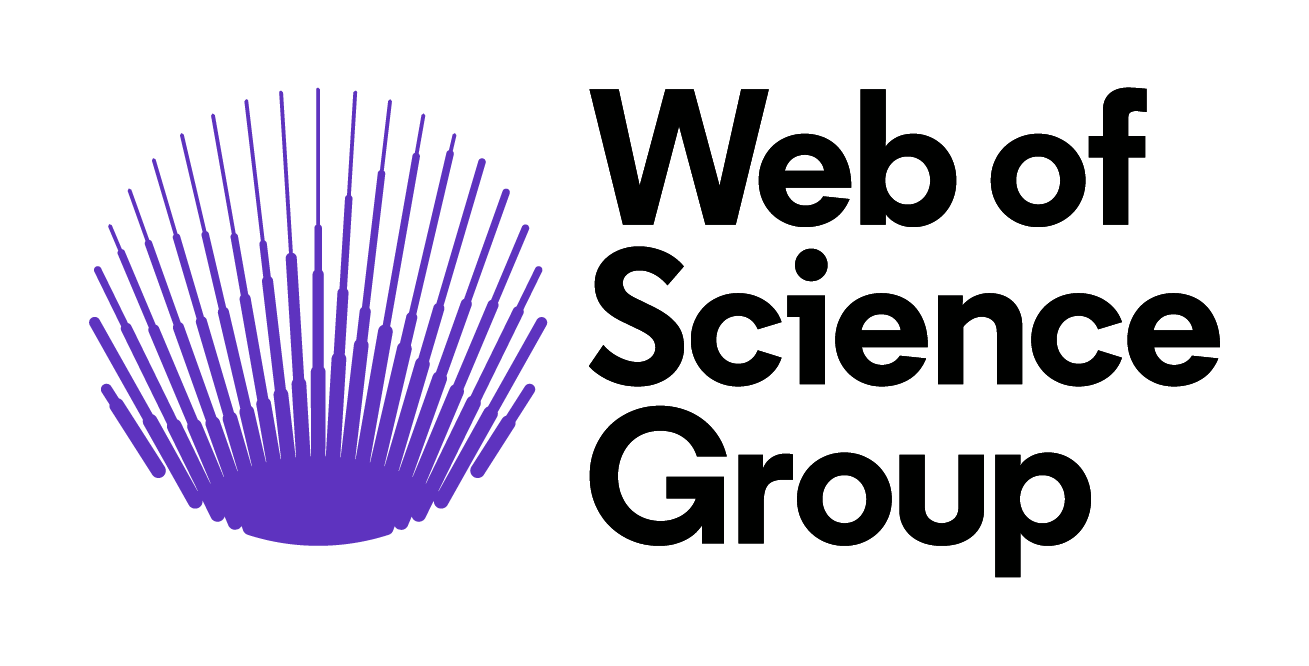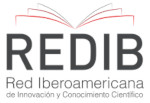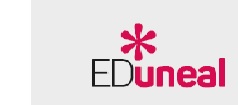Advancing Agricultural Forensics through Pedagogical Innovation: Development of a Training Module on Machine Learning-assisted Ubi “Kinampay” Geographic Origin Differentiation
DOI:
https://doi.org/10.48017/dj.v10i3.3519Keywords:
Food Authenticity, Geographic Origin, Isotope Analysis, Competency-Based Training, Agricultural Traceability, Ubi, Machine LearningAbstract
The growing emphasis on food traceability and authenticity has heightened the demand for advanced analytical techniques capable of verifying both the geographic origin and varietal identity of premium crops. In the Philippine context, ubi ‘Kinampay’ (Dioscorea alata L.) is regarded as a culturally significant and economically valuable commodity, yet remains susceptible to misidentification and economically motivated fraud. Although methods such as X-ray fluorescence (XRF) and stable isotope analysis present viable solutions for forensic verification, their adoption is hindered by the scarcity of skilled practitioners and the absence of formalized training programs. This study responds to that need through the design and evaluation of a competency-based training module tailored for science professionals working in nuclear forensic applications related to agriculture. Drawing on the principles of Mezirow’s Transformative Learning Theory and Kolb’s Experiential Learning Cycle, the training integrates adult learning pedagogies with domain-specific content. A mixed-method developmental research design was employed, combining expert validation via Likert-scale assessment with qualitative insights obtained through thematic analysis of interviews. Results showed consistent strong agreement across key dimensions, including content coherence, instructional design, visual aids, and science identity reinforcement. Qualitative data further emphasized the module’s clarity, scientific accuracy, and relevance to professional practice, while also noting the need for refinements in cognitive load and interface usability. Overall, the module demonstrates both pedagogical soundness and technical validity, positioning it as a scalable solution for institutional capacity-building in agricultural traceability. Strategic recommendations focus on module enhancement and alignment with policy frameworks such as Geographical Indication (GI) protection.
Metrics
References
Augusto, F. (2024). Teaching experimental instrumental analytical chemistry: Are we forming professionals, training operators, or illuding students (and ourselves)? Brazilian Journal of Analytical Chemistry, 11(43), 11–14. https://doi.org/10.30744/brjac.2179-3425.point-of-view-faugusto.n43
Baclig, C. (2023, February 20). Food fraud: When what you eat isn’t what it’s supposed to be. Inquirer.Net. Retrieved December 28, 2023, from https://newsinfo.inquirer.net/1732459/food-fraud-when-what-you-eat-isnt-what-its-supposed-to-be
Biggs, J. (n.d.). Constructive alignment in university teaching. HERDSA Review of Higher Education, 1. https://www.tru.ca/__shared/assets/Constructive_Alignment36087.pdf
Carlone, H. B., & Johnson, A. (2007). Understanding the science experiences of successful women of color: Science identity as an analytic lens. Journal of Research in Science Teaching, 44(8), 1187–1218. https://doi.org/10.1002/tea.20237
Chsherbakova, I. (2024). Pedagogical support of technical college students during professional training. Scientific Herald of Uzhhorod University Series Physics, 56, 817–824. https://doi.org/10.54919/physics/56.2024.81beo7
Clark, J. M., & Paivio, A. (1991). Dual coding theory and education. Educational Psychology Review, 3(3), 149–210. https://doi.org/10.1007/bf01320076
Dembitska, S., Kobylianska, I., Kobylianskyi, O., & Kuzimenko, O. (2023). Training of specialists in technical specialties to professional activity according to the requirements of transdisciplinary approach. Professional Pedagogics, 1(26), 110–121. https://doi.org/10.32835/2707-3092.2023.26.110-121
Doran, G. T. (1981). There’s a SMART way to write management’s goals and objectives. Management Review, 70(11), 35–36. https://community.mis.temple.edu/mis0855002fall2015/files/2015/10/S.M.A.R.T-Way-Management-Review.pdf
Fang, Z. (2005). Scientific literacy: A systemic functional linguistics perspective. Science Education, 89(2), 335–347. https://doi.org/10.1002/sce.20050
Fleming, T. (2018). Mezirow and the theory of transformative learning. In E. W. Taylor & P. Cranton (Eds.), Advances in standardization research (pp. 120–136). IGI Global. https://doi.org/10.4018/978-1-5225-6086-9.ch009
Frank, J. R., Snell, L. S., Cate, O. T., Holmboe, E. S., Carraccio, C., Swing, S. R., … & Harris, P. (2010). Competency-based medical education: Theory to practice. Medical Teacher, 32(8), 638–645.
Gruppen, L. D., Burkhardt, J. C., Fitzgerald, J. T., Funnell, M., Haftel, H. M., Lypson, M. L., … & Warm, E. J. (2018). Competency-based education: Programme design and challenges to implementation. Medical Education, 52(5), 562–569. https://doi.org/10.1111/medu.13584
Gyamfi, A., Langee, P., Yeboah, A., & Adu, I. A. (2023). Performance-based assessment in contemporary classroom assessment: The forms and nature. Asian Research Journal of Arts & Social Sciences, 19(4), 1–7. https://doi.org/10.9734/arjass/2023/v19i443
Holmboe, E. S., Sherbino, J., Long, D. M., Swing, S. R., & Frank, J. R. (2018). The role of assessment in competency-based medical education. Medical Teacher, 32(8), 676–682. https://doi.org/10.3109/0142159X.2010.500704
Jensen, M. B. (2014). Merging old and new: An instrumentation-based introductory analytical laboratory. Journal of Chemical Education, 92(3), 450–455. https://doi.org/10.1021/ed500546d
Kolb, D. A. (1984). Experiential learning: Experience as the source of learning and development. Prentice Hall. https://www.researchgate.net/publication/235701029
Moineau, G., Power, B., Wood, T. J., Humphrey-Murto, S., & Wilkinson, T. J. (2010). Twelve tips for developing and maintaining a competency-based curriculum. Medical Teacher, 32(8), 675–679.
Murray, C. M., Stanley, M., Wright, A., & Deacon, A. (2020). Competency-based education: Developing a framework for graduate education in the allied health professions. Journal of Allied Health, 49(1), 9–17.
Organization for Economic Co-operation and Development. (2023). PISA 2025 science framework. OECD. https://pisa-framework.oecd.org/science-2025/assets/docs/PISA_2025_Science_Framework.pdf
Pappas, C. (2023, September 8). The adult learning theory - Andragogy - of Malcolm Knowles. eLearning Industry. https://elearningindustry.com/the-adult-learning-theory-andragogy-of-malcolm-knowles
Sadler, D. R. (1989). Formative assessment and the design of instructional systems. Instructional Science, 18(2), 119–144. https://doi.org/10.1007/bf00117714
Salvadó, Z., Garcia-Yeste, C., Gairal-Casado, R., & Novo, M. (2021). Scientific workshop program to improve science identity, science capital, and educational aspirations of children at risk of social exclusion. Children and Youth Services Review, 129, 106189. https://doi.org/10.1016/j.childyouth.2021.106189
Sweller, J. (2011). Cognitive load theory. In J. P. Mestre & B. H. Ross (Eds.), Psychology of learning and motivation (Vol. 55, pp. 37–76). Academic Press. https://doi.org/10.1016/B978-0-12-387691-1.00002-8
Tang, K.-S. (2023). The characteristics of diagrams in scientific explanations: Multimodal integration of written and visual modes of representation in junior high school textbooks. Science Education, 107(3), 741–772.
Trubitsyn, K. V., Kalmykova, O. Y., & Tkachev, V. K. (2023). Pedagogical aspects of professional competence development of technical university students.
Vestnik of Samara State Technical University Psychological and Pedagogical Sciences, 20(1), 127–142. https://doi.org/10.17673/vsgtu-pps.2023.1.10
Downloads
Published
How to Cite
Issue
Section
License
Copyright (c) 2025 Jerald Bongalos, Frederick T. Talaue

This work is licensed under a Creative Commons Attribution 4.0 International License.
The Diversitas Journal expresses that the articles are the sole responsibility of the Authors, who are familiar with Brazilian and international legislation.
Articles are peer-reviewed and care should be taken to warn of the possible incidence of plagiarism. However, plagiarism is an indisputable action by the authors.
The violation of copyright is a crime, provided for in article 184 of the Brazilian Penal Code: “Art. 184 Violating copyright and related rights: Penalty - detention, from 3 (three) months to 1 (one) year, or fine. § 1 If the violation consists of total or partial reproduction, for the purpose of direct or indirect profit, by any means or process, of intellectual work, interpretation, performance or phonogram, without the express authorization of the author, the performer, the producer , as the case may be, or whoever represents them: Penalty - imprisonment, from 2 (two) to 4 (four) years, and a fine. ”


















